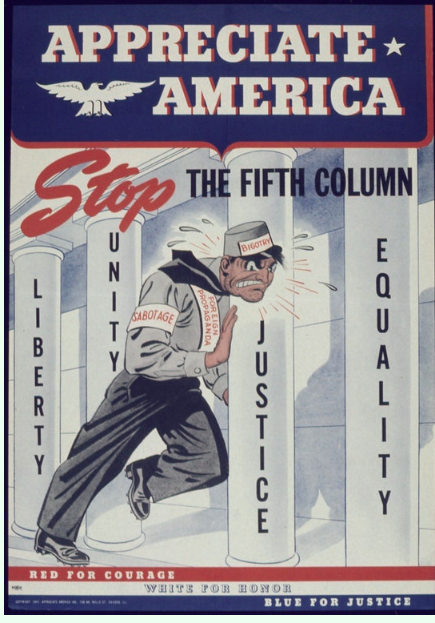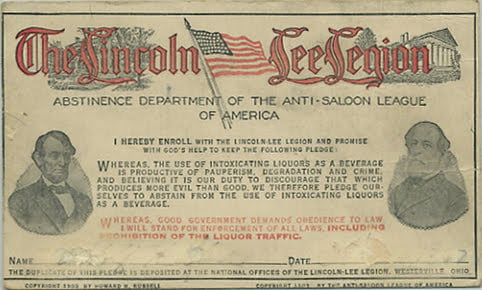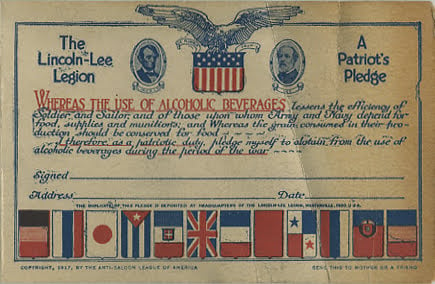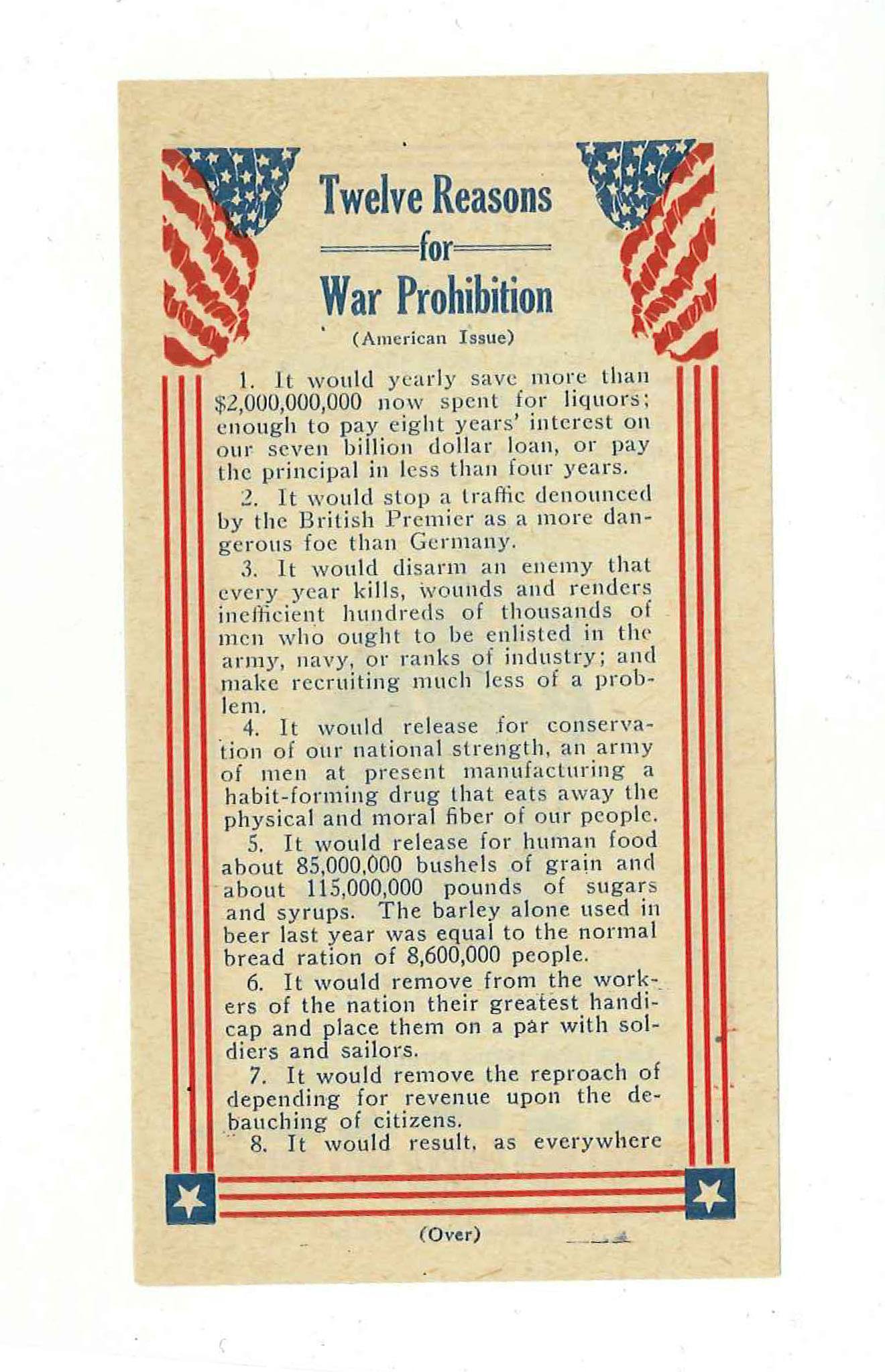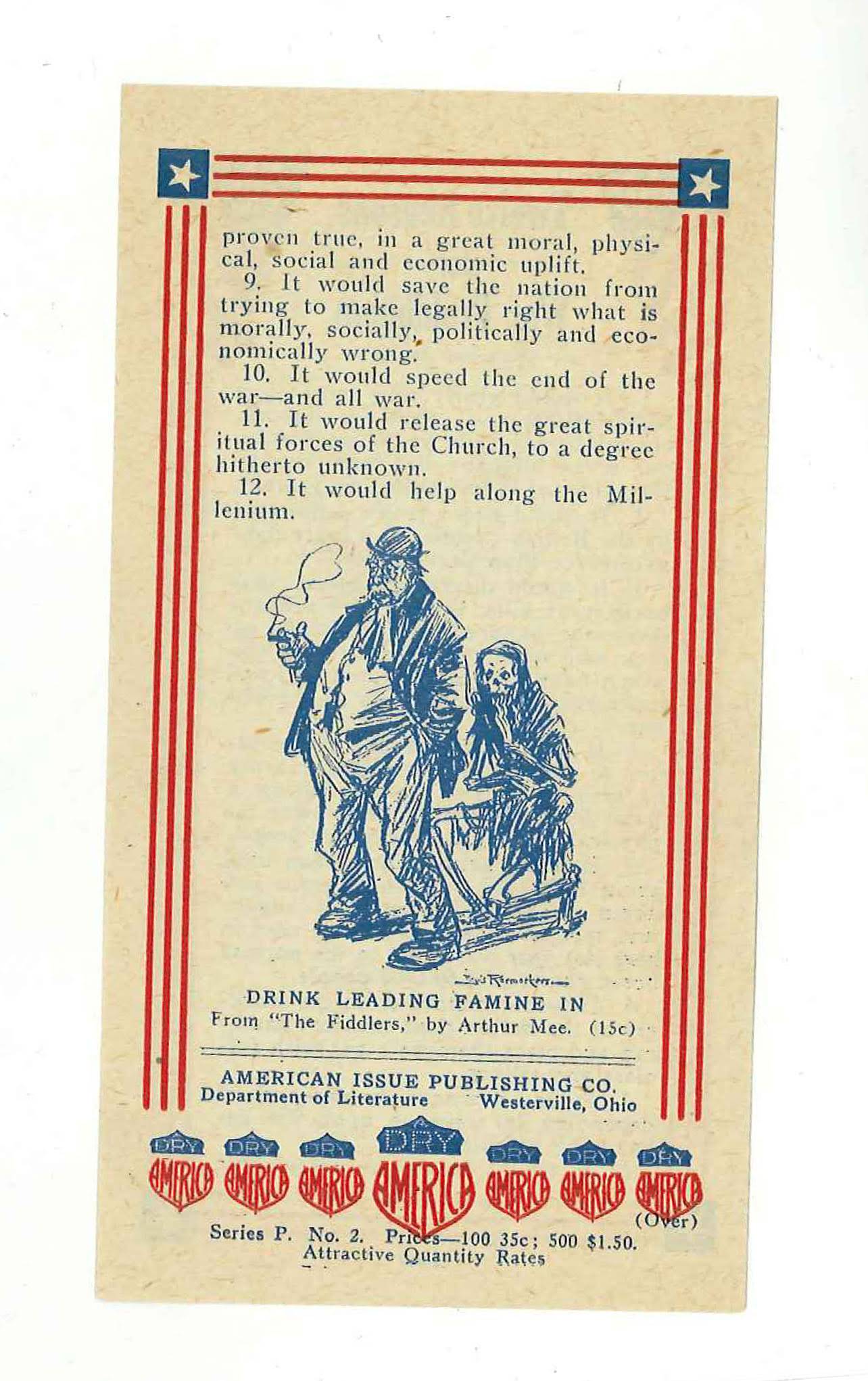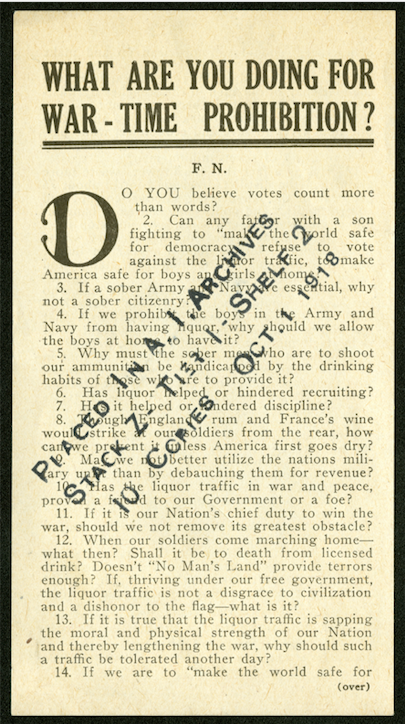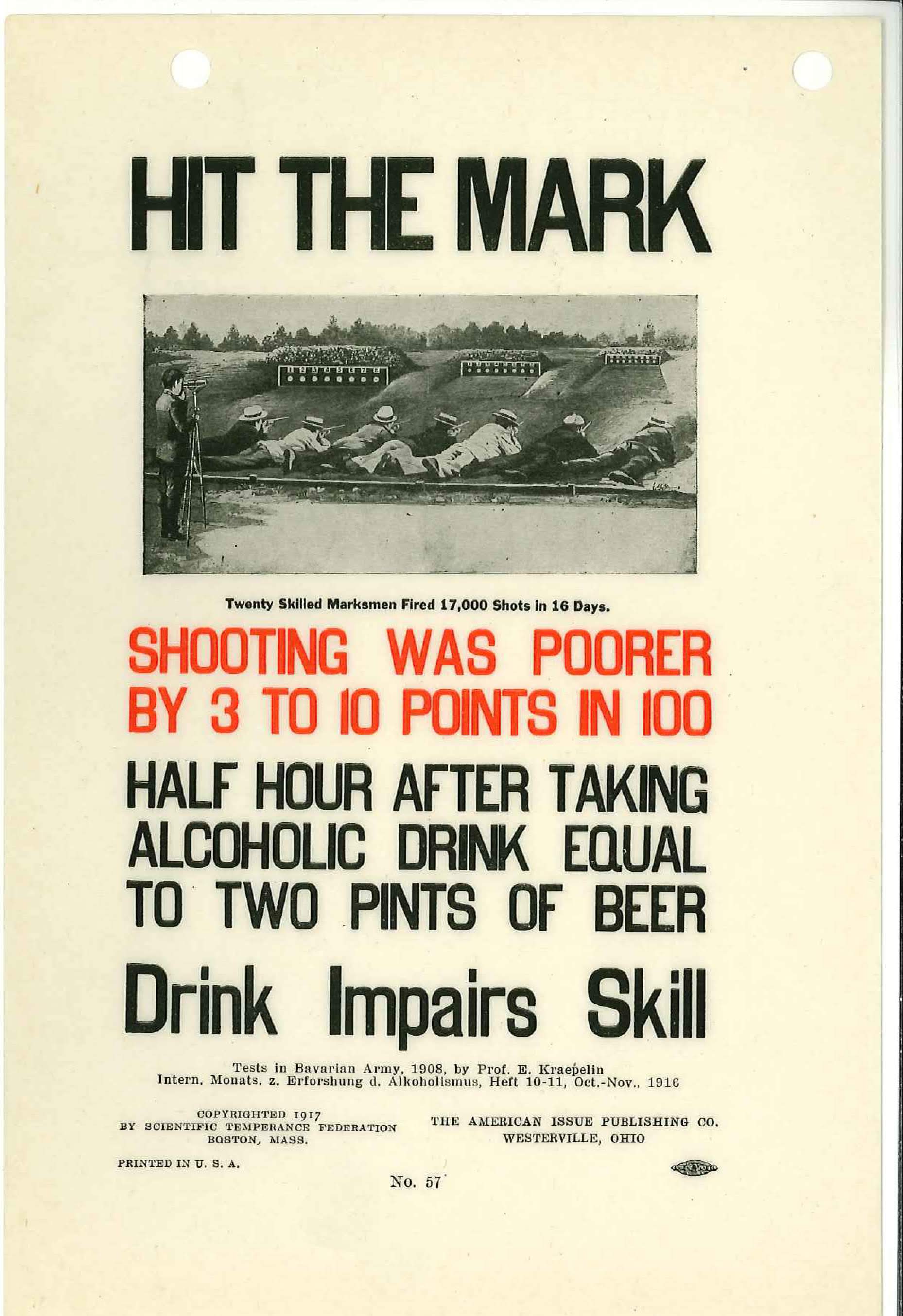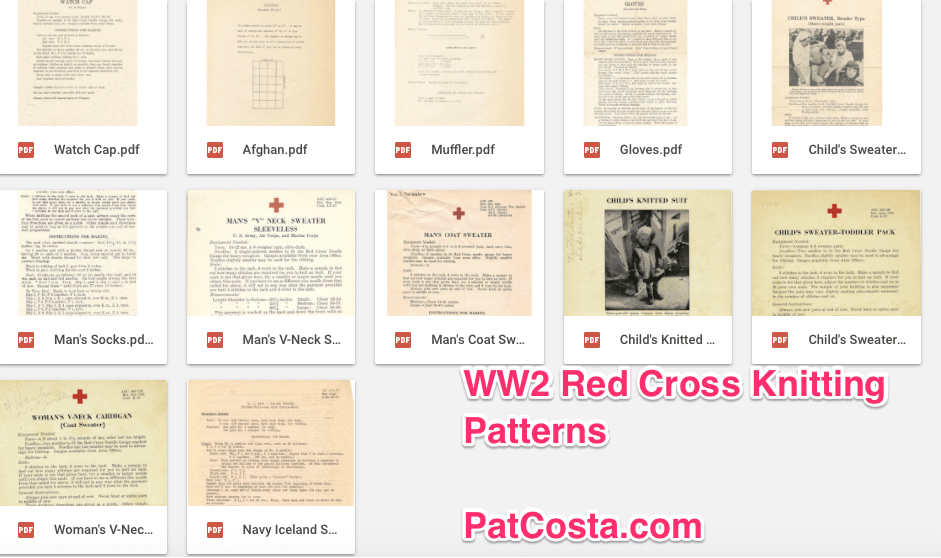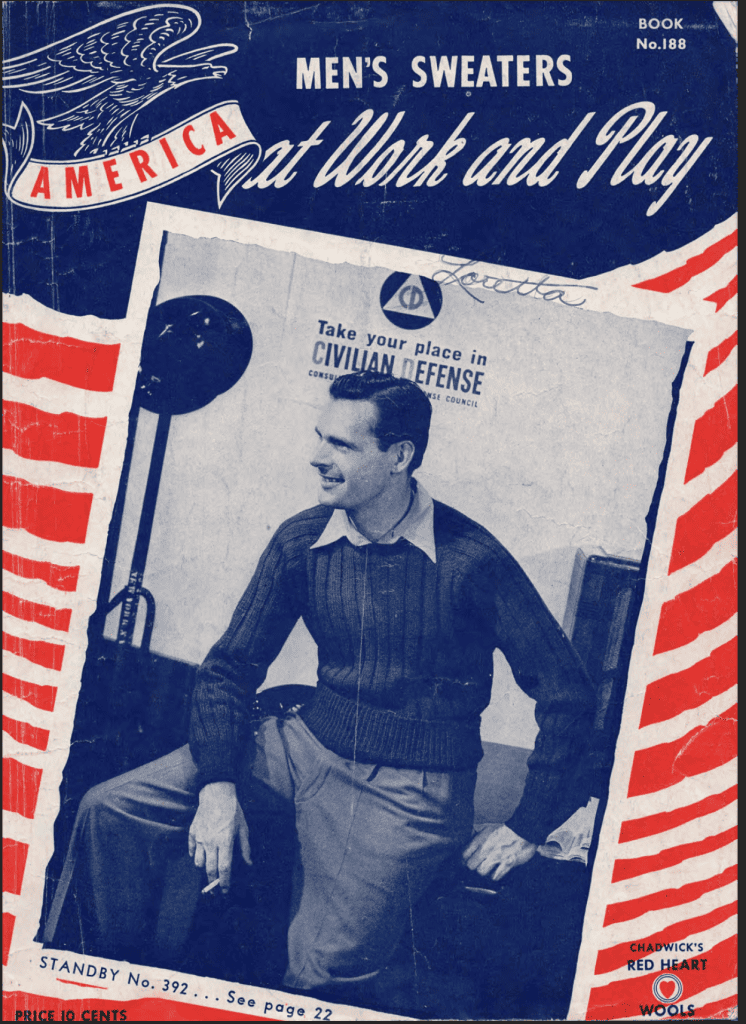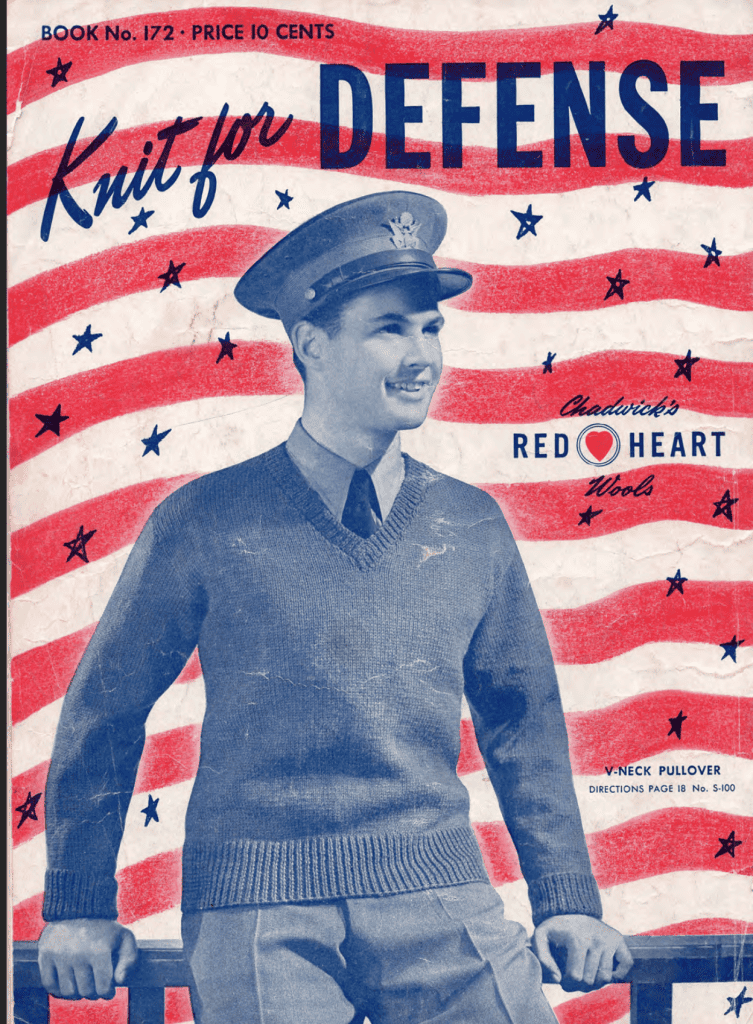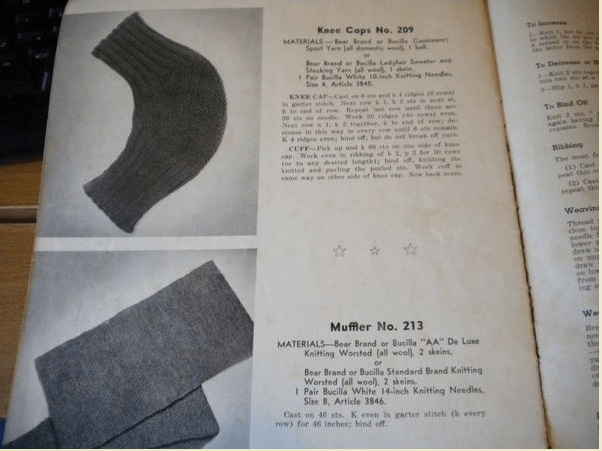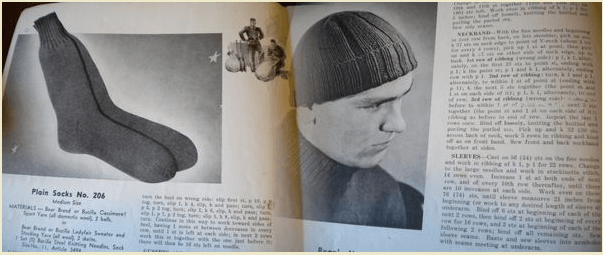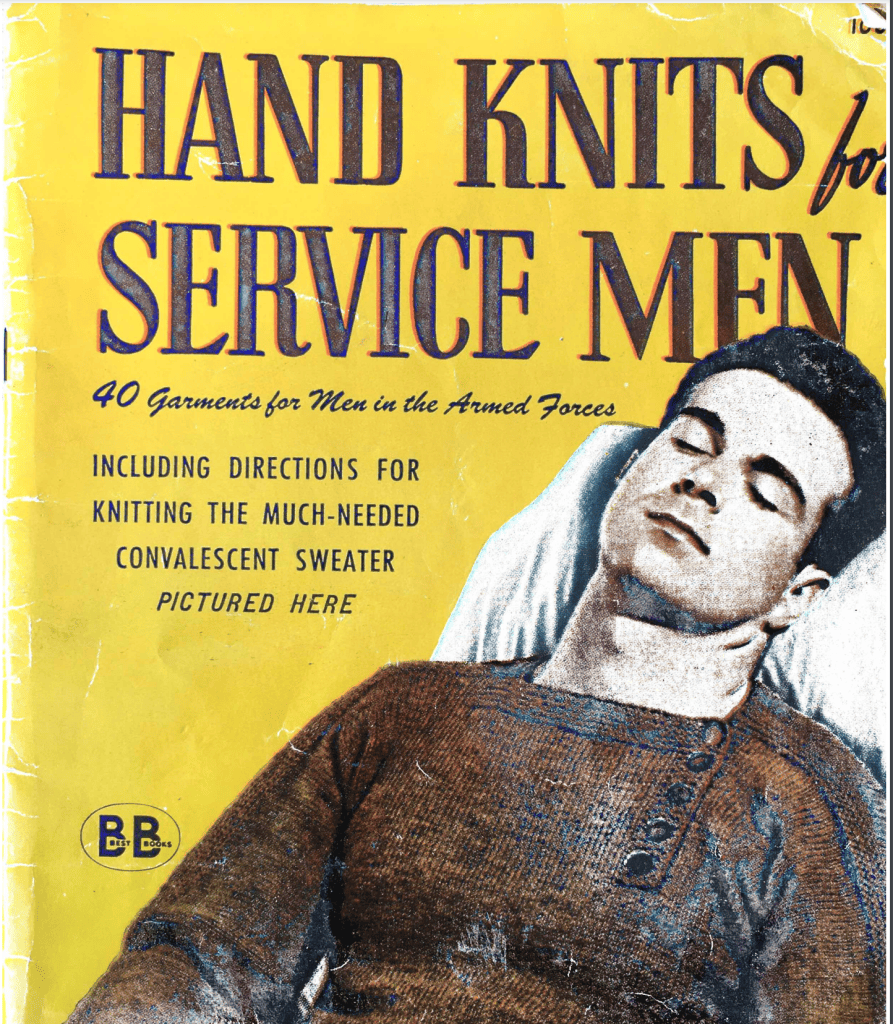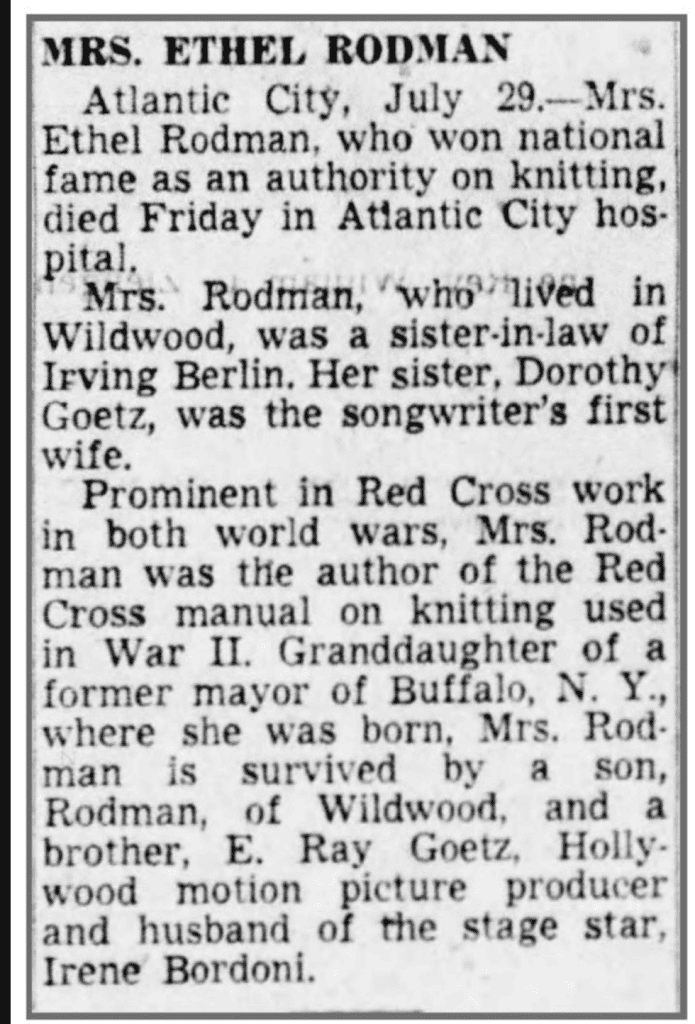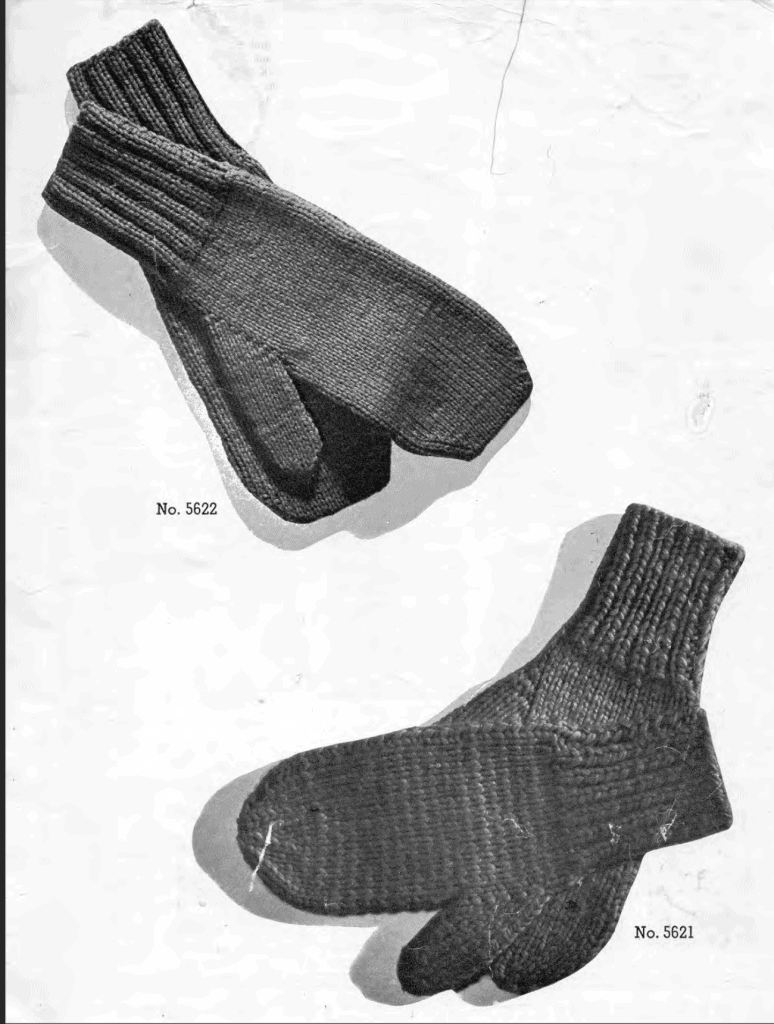Animals: dog, cat, fish, bird, ‘animal’ (dog/cat/fish/bird = animal), snake, cow, pig, mouse, horse, elephant, tail, wing
Transport: train, plane, car, bicycle, bus, boat, tire, gasoline, (train) ticket
City/Countryside: city, house, street, airport, train station, bridge, hotel, farm, a crowd, court
Clothes: hat, dress, skirt, shirt, T-shirt, pants, shoes, pocket
Colors: red, green, blue (light/dark), yellow, green, brown, pink, orange, black, white, gray
People-related: son, daughter, mother, father, man, woman, brother, sister, family, grandfather, grandmother, husband, wife, king, queen, neighbor, boy, girl, religion, death, money
Beverages: coffee, tea, wine, beer, juice, water, milk
Food/Food Related: eggs, cheese, bread, soup, cake, chicken, pork, beef, apple, banana, orange, lemon, corn, rice, oil, seed, knife, spoon, fork, plate, cup, breakfast, lunch, dinner, sugar
Home: table, chair, clock, bed, lamp, window, door, bedroom, kitchen, bathroom, pencil, pen, photograph, soap, cell phone, computer, laptop, camera, television, book, key, paint
Body: head, face, hair, eye, mouth, nose, ear, tongue, back, finger, toe, leg, foot, heart, blood, brain, tooth, knee, sweat, disease, bone, beard, tear (drop)
Nature: sea, river, mountain, rain, snow, tree, sun, moon, forest, plant, wind, soil/earth, flower, valley, root, lake, star, grass, leaf, air, sand, beach, ocean, wave, morning, evening, night
Jobs: doctor, waiter, priest, police, firefighter
Materials, Measurements, Math: glass, metal, wood, stone, clay, meter, centimeter, kilogram, inch, pound, half, circle, square, silver, gold, diamond, copper
Misc: ball, game, price, gun, dream, left, right, straight, bag, box, barrel, map, a dot, poison, needle, consonant, vowel, light, yes, no
Seasons: Summer, Spring, Winter, Fall
Numbers: 1-22, 31, 32, 41, 42, 51, 52, 61, 62, 71, 72, 81, 82, 91, 92, 100, 101, 102, 110, 111, 1000, 1001, 10000, 100000, 1000000
Months: 1-12 (use a calendar and numbers)
Days of the week: 1-7 (use a calendar and numbers) (learning these leads into “Today/Yesterday/Tomorrow”)
Times: year, month, day, hour, minute, second (use a calendar and clock)
Cardinal Numbers: 1st, 2nd, 3rd, 4th, 5th
Verbs that are somewhat easy to picture:
to work, to play, to go, to walk, to run, to drive (careful with verbs of motion!), to follow, to think, to speak/say, to eat, to drink, to kill, to die, to smile, to laugh, to cry, to buy, to shoot(a gun), to jump, to smell, to see, to taste, to touch, to hear, to kiss, to burn, to melt, to dig, to explode, to sit, to stand, to love, to drive, to pass, to cut, to fight, to lie down, to dance, to sleep, to wake up, to sing, to count, to marry, to pray, to win, to lose, to mix/stir, to bend, to wash, to cook, to open, to close
Adjectives/Adverbs that are somewhat easy to picture:
long/short, tall/short, wide/narrow, big/small, slow/fast, hot/cold, new/old, good/bad, wet/dry, sick/healthy, loud/quiet, happy/sad, beautiful/ugly, deaf, nice/mean, rich/poor, thick/thin, expensive/cheap, flat/curved, male/female, tight/loose
Links to resources to learn German and Farsi.
Like this:
Like Loading...

